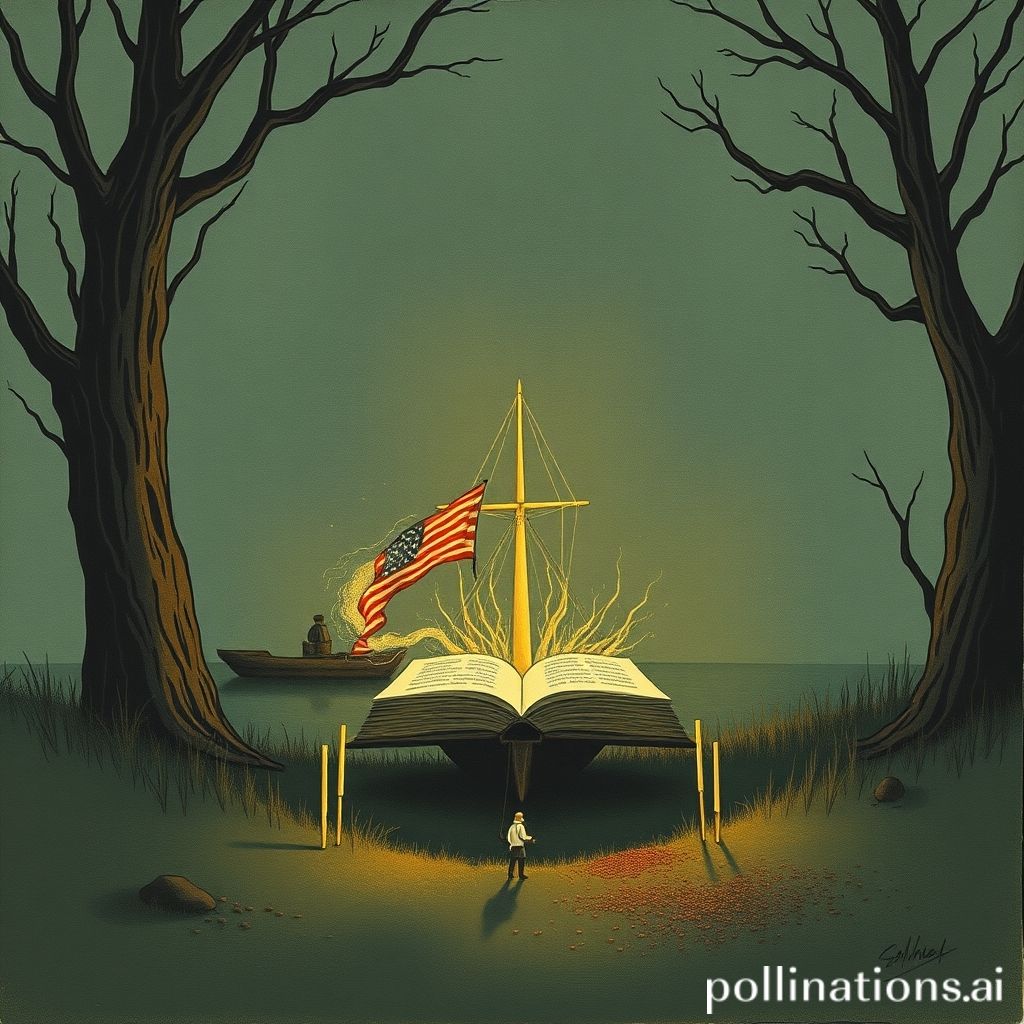Table of Contents
- Introduction
- Understanding Turnitin and its capabilities
- How AI writing works and its potential to deceive Turnitin
- Challenges in detecting AI writing by Turnitin
- Methods Turnitin may use to identify AI-generated content
- Advancements in AI technology and the future of detecting AI writing
- Conclusion
- Frequently Asked Questions
Introduction
Unmasking the Secrets: Can Turnitin Outsmart AI Writing?

Understanding Turnitin and its capabilities
Alrighty then, let’s dive into the nitty-gritty of Turnitin and its knack for detecting AI writing. Now, you might be wondering, can this digital watchdog really sniff out those sneaky algorithms? Well, the answer is not as simple as a cat chasing a laser pointer.
Turnitin, my friend, is like a bloodhound trained to sniff out plagiarism. It is armed with a vast database of academic papers, books, and articles, ready to pounce on any suspicious similarities. This mighty tool looks for matching strings of words, phrases, and sentences, trawling through its vast virtual library with the intensity of a detective on a high-profile case.
But here’s the twist: Turnitin may be good, but it’s no Sherlock Holmes. You see, it relies on patterns and algorithms to flag potential matches, but it doesn’t have the innate ability to differentiate between human scribbles and AI creations. So, if an AI-generated piece is skillfully crafted and bears no resemblance to existing texts, Turnitin won’t sound the alarm bells.
Hey, let me tell you a little story. Once upon a time, a clever student used a state-of-the-art AI algorithm to craft a mind-blowing essay. It contained impeccable grammar, dazzling arguments, and a touch of poetic prose. But when it came face to face with Turnitin, it slipped through undetected like a ninja in the night. The moral of the story? AI writing can potentially outsmart Turnitin, but it all depends on how it is wielded.
How AI writing works and its potential to deceive Turnitin
Well, well, well! The world of AI writing sure knows how to keep us on our toes. It’s like a magician pulling tricks out of their hat, leaving us wondering how they do it. So, you’re probably wondering, can this AI wizardry fool the mighty Turnitin?
Let me paint you a picture, my friend. Imagine an AI writer, churning out words with lightning speed, mimicking the style and tone of human writing. It’s like a chameleon, blending seamlessly into its surroundings. Now, Turnitin, our faithful plagiarism detector, stands guard, hoping to catch any mischievous thieves. But can it see through this AI charade?
Here’s the twist, folks. While Turnitin is a master of spotting blatant copying and pasting, it may struggle to unravel the secrets of AI writing. You see, AI can whip up sentences that dance like Fred Astaire, full of sophistication and originality. It can even mimic the writing quirks and idiosyncrasies of specific authors, like a master impersonator.
But wait! Don’t despair just yet. Turnitin is no slouch. It’s constantly evolving, sharpening its virtual claws to catch even the most elusive culprits. It’s like a bloodhound sniffing out plagiarism, determined to protect academic integrity.
Challenges in detecting AI writing by Turnitin
So, you’re wondering if Turnitin can sniff out those clever AI-generated essays, huh? Well, let me tell you, it’s a real cat and mouse game. Turnitin, that digital detective trying to catch all those culprits, faces some significant challenges when it comes to detecting AI writing.
Picture this: Turnitin is like a detective with a magnifying glass, scouring through piles of papers, trying to find the one that stands out. But AI writing, it’s like a chameleon blending into its surroundings, hiding in plain sight. Turnitin relies on patterns and algorithms, but AI writing can change its colors and patterns faster than a chameleon on a hot summer day.
And that’s not all. AI is getting smarter every day, learning from vast amounts of data, tricking Turnitin’s detection methods. It’s a real David and Goliath situation, my friend!
Turnitin even faces the irony of relying on AI itself to detect AI writing. Talk about fighting fire with fire! But as quick as Turnitin adapts, AI finds ways to outsmart it. It’s like a never-ending game of chess, each move strategized and countered.
Now, don’t get me wrong. Turnitin has made progress. It’s sharpening its tools, using onomatopoeic algorithms, looking for clues and oddities. But AI is like a shape-shifter, constantly morphing. It’s like trying to catch smoke with a butterfly net, nearly impossible!
So, my friend, the battle between Turnitin and AI writing continues. Will Turnitin find a way to truly expose the AI-generated essays? Or will AI keep eluding its grasp, leaving the detective scratching their head? Only time will tell.
Methods Turnitin may use to identify AI-generated content
Hey there, folks! Today, let’s delve into the intriguing question: Can Turnitin sniff out AI-powered writing? Well, let me tell you, it’s a real cat-and-mouse game between Turnitin and the clever AI algorithms.
Now, let’s talk turkey about how Turnitin may catch these sneaky AI-generated papers. One method is by using linguistic analysis. Turnitin has an eagle eye for unusual sentence structures, dangling modifiers, and wobbly grammar. It catches those little gremlins that slip through the cracks, making even the smartest AI algorithms squirm.
Another trick up Turnitin’s sleeve is its ability to spot recycled content. It’s like a bloodhound sniffing out familiar scents. If an AI churns out content that has been regurgitated before, Turnitin raises its eyebrows and says, ‘Hold up, haven’t I seen this somewhere?’
Now, here’s where things get really interesting. Turnitin has a knack for spotting unoriginal phrases, idioms, and even colloquialisms. Just imagine, an AI bot trying to impersonate a native speaker and getting caught red-handed because it messed up an idiom! Talk about a poetic justice!
So, my friends, while AI has its wily ways, Turnitin has its bag of tricks. Who will emerge victorious in this battle of wits? Only time will tell.
Advancements in AI technology and the future of detecting AI writing
Alright, folks, let’s talk about the future of detecting AI writing. It’s no secret that advancements in AI technology are causing quite the stir in the academic world. Students are always on the lookout for ways to breeze through their assignments without breaking a sweat. But can Turnitin, the infamous plagiarism detection tool, really sniff out AI-generated content? Well, here’s the scoop.
Turnitin has been chugging along for years, diligently hunting down written works that have been shamelessly plagiarized. However, as AI technology continues to evolve, it’s becoming more sophisticated in mimicking human writing. It’s like an undercover agent, donning the disguise of authenticity.
Picture this: You submit your beautifully crafted essay, thinking you’ve got it all figured out. But little do you know, lurking behind the digital curtains, there’s a clever AI waiting to tip off the professor. It’s like a secret informant, ready to expose the dishonesty.
Now, here’s the twist. Just as AI writing is getting smarter, so is Turnitin. The developers are constantly working on their algorithms to catch those sneaky AI-generated texts. They’re like the Sherlock Holmes of plagiarism detection, staying one step ahead in this high-stakes game of cat and mouse.
But let me be clear, my friends. The future of detecting AI writing is a wild ride. It’s like a roller coaster, full of unexpected twists and turns. Will Turnitin always triumph over the crafty AI? Only time will tell. One thing’s for sure, though: the battle between technology and academia is far from over.
Conclusion
In conclusion, Turnitin’s ability to detect AI writing is not foolproof. While Turnitin is a powerful plagiarism detection tool, it relies on patterns and algorithms to identify potential matches and may struggle to differentiate between human and AI-generated content. However, advancements in AI technology present challenges for Turnitin, as AI can produce sophisticated and original writing that mimics human style and avoids detection.
To stay ahead in this cat-and-mouse game, it is crucial for individuals and institutions to utilize tools like WPHorde. WPHorde offers cutting-edge AI detection capabilities that can effectively identify AI-generated content, ensuring academic integrity and fairness. Don’t be left behind – embrace the future with WPHorde and protect the integrity of your work.
